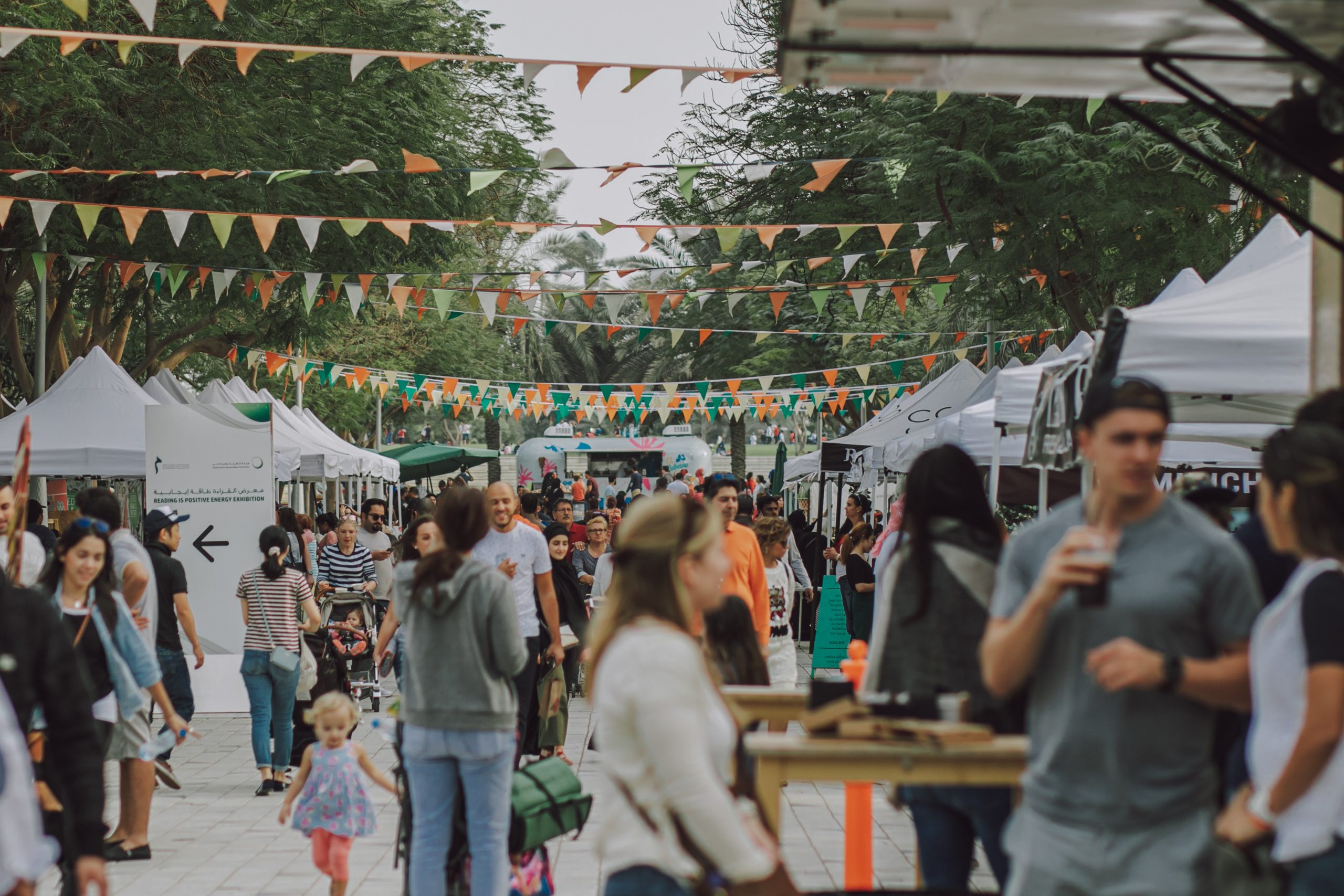Blog

Episode 110: Your Guide for Throwing an Event in Your Destination
With COVID-19 in the rearview mirror, we are seeing the resurgence of in-person events. For DMOs, events can be a great way to attract visitors, boost the local economy, and promote the destination’s culture and heritage. In the Destination Marketing Podcast episode, “Creating Events Within Your Destination” Matt Hawkins, the director of sports and market development at Bloomington-Normal Area Convention & Visitors Bureau, explains his organization’s success in implementing several different types of events in the area. Let’s explore how destinations can use events to increase their tourism output.
Identify Your Target Market
The first step in planning an event in your destination is to identify your target market. You need to determine the types of events that will attract your desired audience. For example, if your destination targets families, you might want to host events that cater to children, such as fairs, festivals, or outdoor activities. If your target audience is adventure seekers, you might want to consider organizing extreme sporting events, hiking or mountain biking competitions or outdoor adventure festivals.
Choose the Right Time and Place
Once you have identified your target market, you need to choose the right time and place to hold your event. You should schedule your event during the peak tourism season when the destination is likely to be busy. You should also select a location that is easily accessible and has sufficient infrastructure to accommodate the event. Evaluate your destination’s strengths to determine what event to throw and where.“(Your event) should be one that obviously fits your destination,” Hawkins explains. “If you don’t have a baseball complex, don’t try to create a big baseball tournament. For us, we got a pretty good set of golf courses, so our golf tournament runs on six different courses.” The event venue should ideally be near hotels, restaurants, and other tourist attractions, so visitors can easily access them.
Develop a Unique Theme
The next step is to develop a unique theme for your event. The theme should align with the destination’s culture, heritage and identity. A creative theme can make your event stand out and attract visitors from far and wide. For example, the annual Bluff Balloon Festival in Bluff, Utah celebrates the area’s native culture with indigenous art, music and food along with the main event of hot air balloons. Think about what makes your destination unique and apply that to your event.
Promote Your Event
Promoting your event is crucial to attracting visitors. You can use a variety of marketing channels, such as social media, email marketing and advertising to promote your event. You should also collaborate with local businesses and travel agencies to reach a wider audience. Create a dedicated website or landing page for your event that provides all the necessary information, such as dates, locations, and ticket prices.
Evaluate Your Event
Finally, you should evaluate your event’s success to determine its impact on tourism. You can use various metrics, such as the number of visitors, revenue generated and media coverage to measure the event’s success. You should also gather feedback from visitors and stakeholders to identify areas for improvement and make necessary changes for future events.
Events can be an effective and exciting way for destinations to increase tourism. With careful planning and evaluation, DMOs can attract visitors and boost the local economy. Hosting events can also showcase the destination’s culture and heritage, creating long-term interest among those visiting. Take these tips and start planning your destination’s next event today – you’ll love the results.
